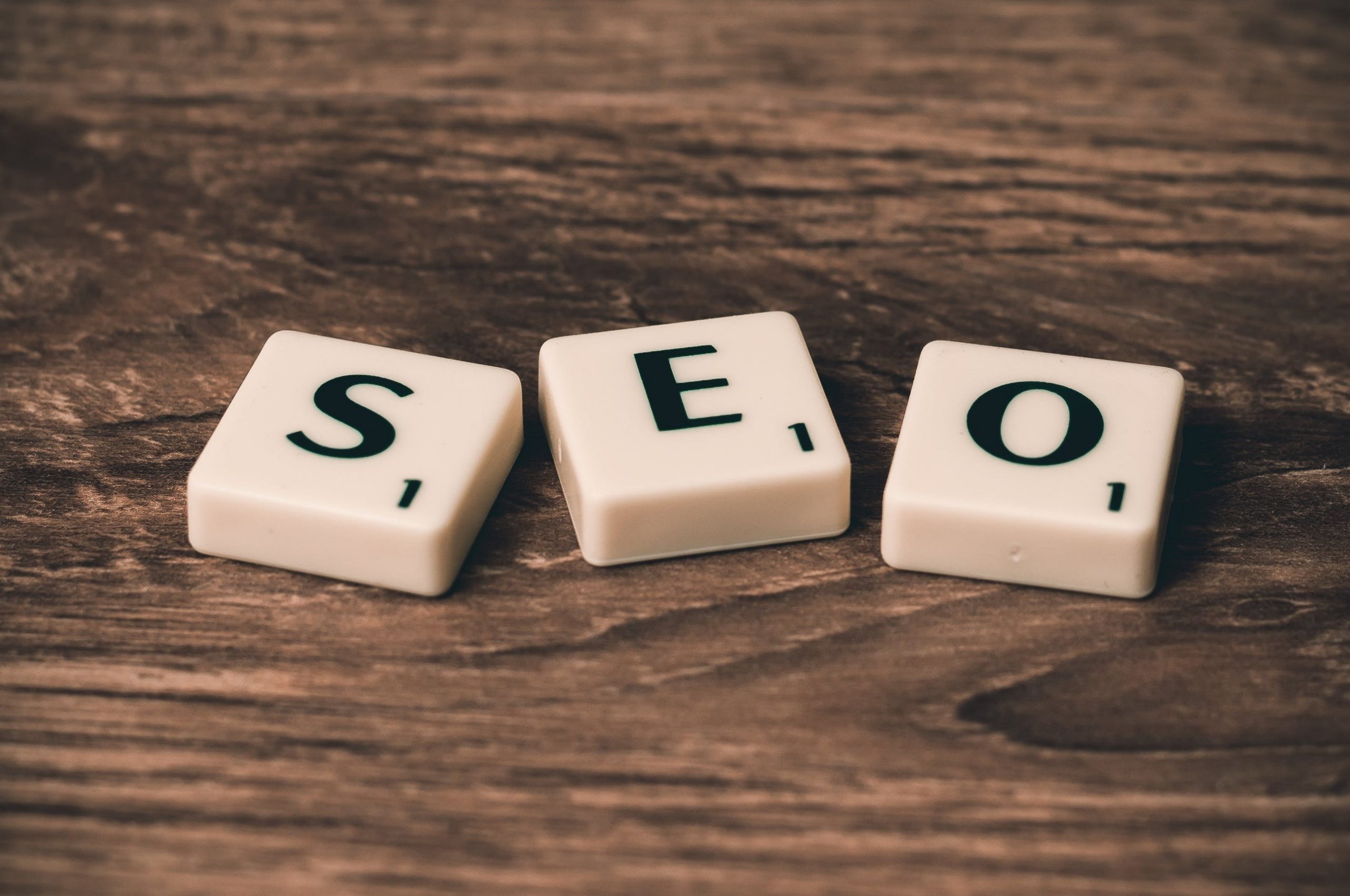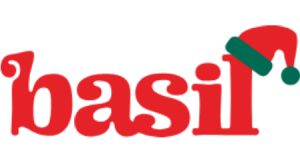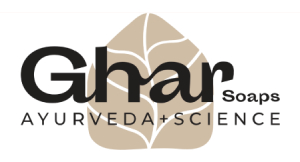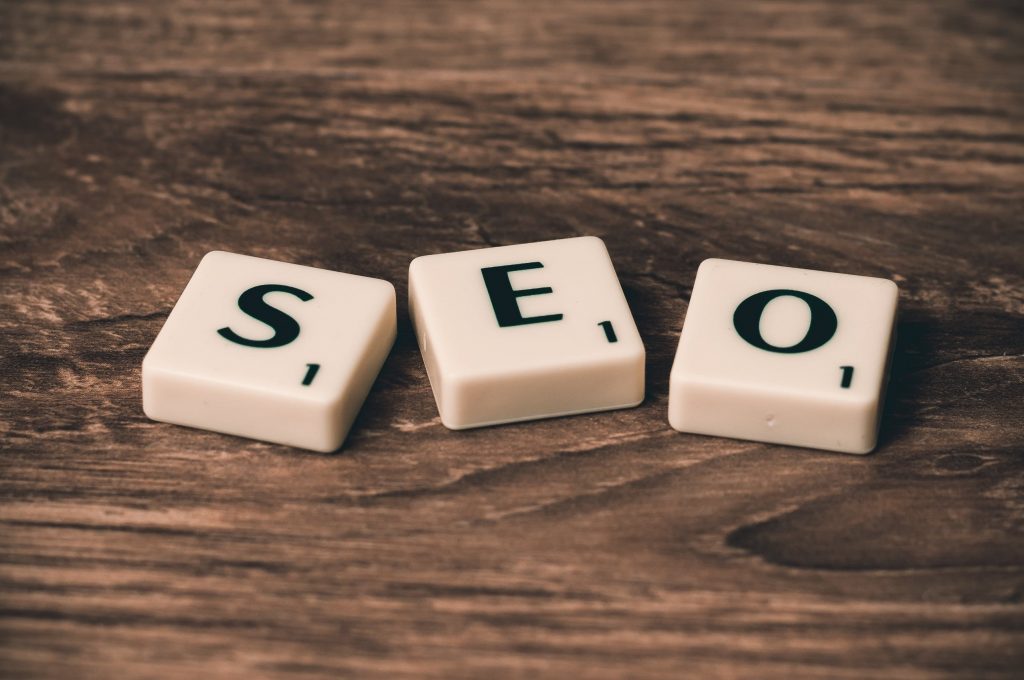
Image Source: Pexels
Now, it has become a acknowledged reality that if a business no longer come in the top 10 of search results, the website will no longer reach the audience. So, to succeed in digital marketing, you need strong technical search engine optimization, on-page SEO, and off-page SEO. It is important to remember that off-page SEO won’t deliver the favored results if you don’t focus on on-page search engine marketing. To assist you with on page seo optimization, here are some important tips to drive traffic:
What is On-Page SEO?
The process of optimizing the webpage content for users and search engines is called On-page SEO. Some of the common tasks associated with on-page SEO include title tags, internal links, search intent optimization, and URLs.

Image Source: Freepik
Importance of On-page optimization.
On-page search engine optimization is important as it gives search engines with signals that assist them to understand your content. With the assist of on-page search engine marketing techniques, you can guide the search engines with approximately the keywords you want your pages to rank.
List of 15+ On-page SEO practices for better traffic
Here is the list of 15+ seo on page optimization techniques you should know:
1.Relevant primary and secondary keywords
The basis of any search engine optimization approach is key-word research, so step one to making your website identifiable is to find the relevant primary and secondary keywords.
2.Quality original content
To show your unique perspective and expertise, original content helps to build a relationship with you. So, trustworthy and quality original content will increase the searches.
3.Optimize page titles
Each page should have a unique and different title that will help search engines understand the nature of the title. When search engines read your pages, they check the title tag, so you need to optimize the page titles.
4.Optimize Meta descriptions
The Meta Description is shown at the Search Engine Results Page, and it has to be inside precise characters, which need to be specific for each web page. It offers you the right possibility to market it your page and persuade users to click the link.
5.Target featured snippets
On the top of the search engine results page, you can find feature snippets, which are designed to answer user’s questions in a simple way. Targeting featured snippets will help your website to be highly visible and helpful.
6.Ensure higher readability
Easy-to-read content material usually ranks higher, as search engines take clarity into consideration. So, try to break your content into shorter sentences and bullet lists to improve clarity.
7.Use short URLs
To improve your on-page search engine optimization with little effort, enhancing the URL structure is the best choice. You can make certain a user-friendly appearance with a smooth URL, because it will assist search engines understand your page.
8.Focus on user experience
Apart from keywords and content, user experience should also be given enough priority. It has now become an important ranking factor as search engines focus on enhanced user experience.
9.Include various media types
Use different media types, including images, ebooks, audio files, and GIFs to enhance on-page SEO. This media type helps users to spend more time on the site.
10.Use internal links
For effective on-page SEO, you should also consider your internal link structure. You can drive users to your site if you link internal content.
11.Use external links
Links that lead a consumer to an external web page are referred to as external links. You only have to link external links which have exceptional content material and have authority on the subject you have your content.
12.Remove anything that affects load speed
Page load time impacts both the user experience and SEO, and if the page loads slowly, users won’t stick around. So, remove anything that affects the page load time.
13.Use LSI Keyword
Latent Semantic Indexing (LSI) keywords help to rank better for the main keyword. These are the important keywords that are related to your main keyword.
14.Optimize your images
To get a visual break, placing the images strategically is important. So, you need to make sure that the images are optimized to get more organic traffic.
15.Include keyword variations in H1 and H2
Using key phrases very frequently in H1, H2, and H3 tags can also negatively impact your website. So, to keep away from keyword stuffing, make use of the proper keyword versions in H1 and H2 tags.
16.Do regular site audits
Doing ordinary website audits lets you make sure that your site stays consumer friendly and functional. It is also the best way to do updates whenever necessary.
Final Words
The on page optimization techniques involve more than just optimizing content quality and title tags. Ensure the content matches the search intent of the target keywords and that the user interface has the potential to drive traffic.






